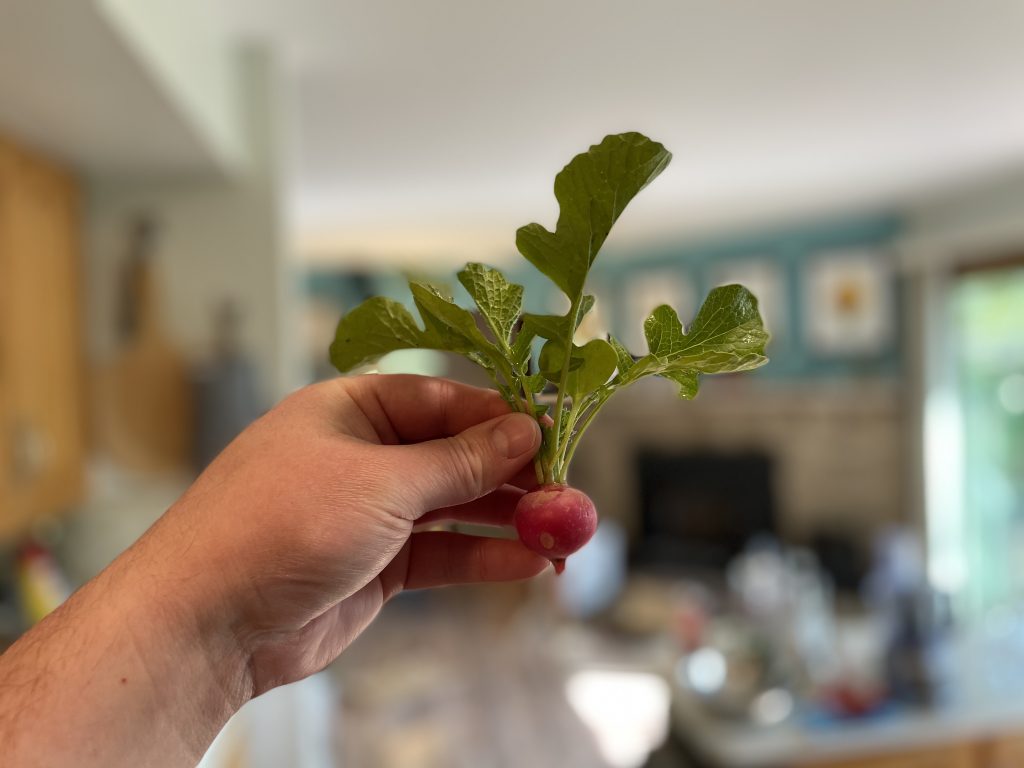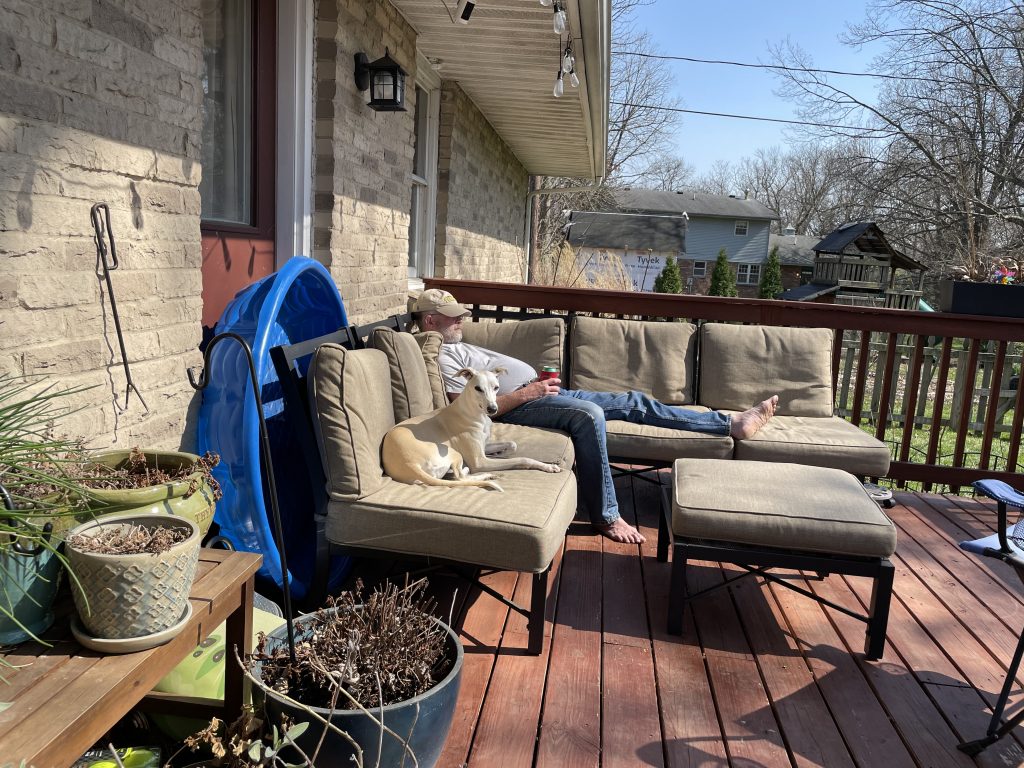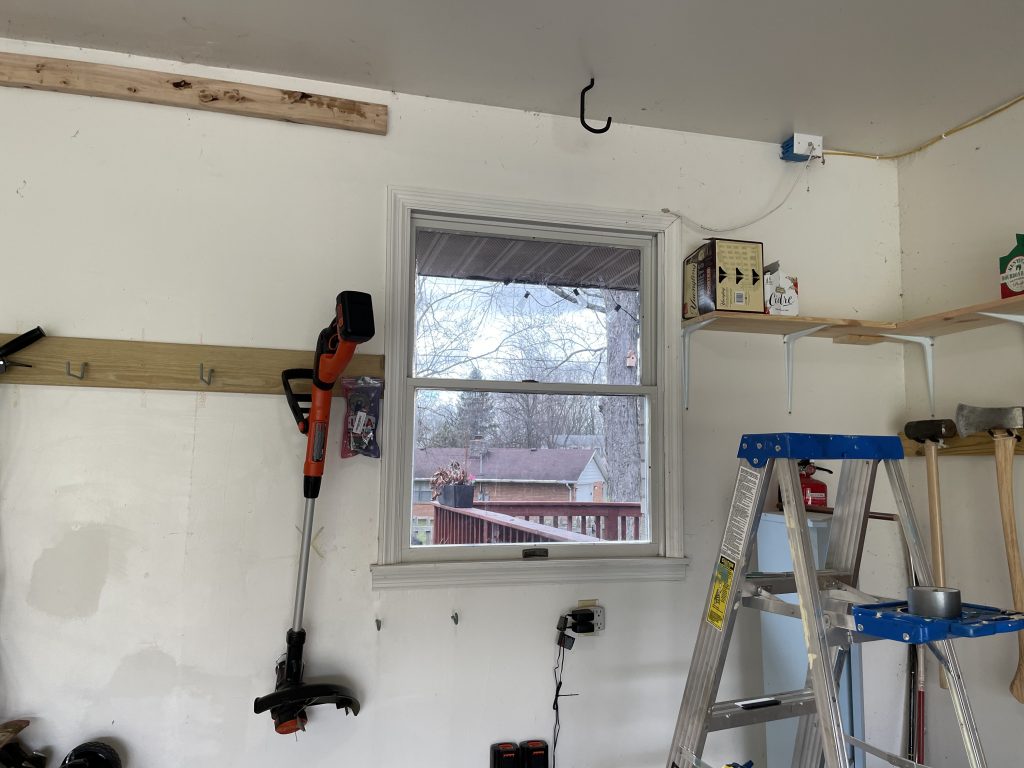Let’s get some garden pics up!



–Simon

Tales from Easement Acres
Let’s get some garden pics up!



–Simon
Order is Man’s mastery of the universe. By applying logic, reason, and patterns to that which lies unstructured, I manipulate my surroundings to suit me. I am a creature of my environment, but anomalous in that I organize for aesthetics and not necessarily practicality. I defy evolution, expending caloric reserves on tasks which offer no definitive gain to the species. And in that sense, I have invoked a programmatic syntactical error. I follow directives which were not properly defined. Variables do not exist in sufficiency to meaningfully direct input. And so my output, devoid of complete genetic programming, is self-destructive.
***
The delineation between garden and yard is transitory. I wish it to not be so. Therefore I installed edging! But as all is ephemeral, its lackluster construction quickly deteriorated, rendering the boundary once again ill-defined. Another means was required. Materials which stand the test of time!

Bricks!
Evidenced by the apparent brick mine beneath the property, bricks don’t break down–they simply become buried over decades of subpar landscaping.
And so, after acquiring somewhere around 250 bricks and multiple tubes of construction adhesive, and shooing Liz away for her inability to effectively use a level (despite this project being her idea, I’ll note), I reforged that which was once broken and shines anew!

…with some extra dirt and grass seed…

+$5000 more in property taxes forthcoming, no doubt. The price for rule and order!
–Simon
We got an early one this year. It’s faint, but it’s a double.

–Simon
Just a general post, but with COVID vaccines immunizing our elders, we got to have a family Easter this year. The weather even cooperated.



Happy Easter!
–Simon
This is a minor project, but all projects will be recorded into the annuls of whatever time period this is!
This is the garage window:

As you can see, its existence serves no purpose, and is a security flaw. I had covered it with a paper blind, but that was ugly and dirty and falling apart. I needed a more elegant solution.
So I fell back on a solution I employed previously on the back door: security film. This film, when applied, bonds with the glass pane and prevents it from shattering. The back door, which contains a large window, was stupidly fitted with a thumb-turn lock. I’ve since taken additional security measures on the lock, but at the time this added an obstacle to simply breaking the glass and unlocking the door. This film is also offered with dark tint. This let me reinforce the glass as well as block out external peeping.

I put a motion sensor on that green light too. If the door is shut and the light is off, even at night it’s not possible to effectively look in and inventory anything.
Security Protocol!
–Simon